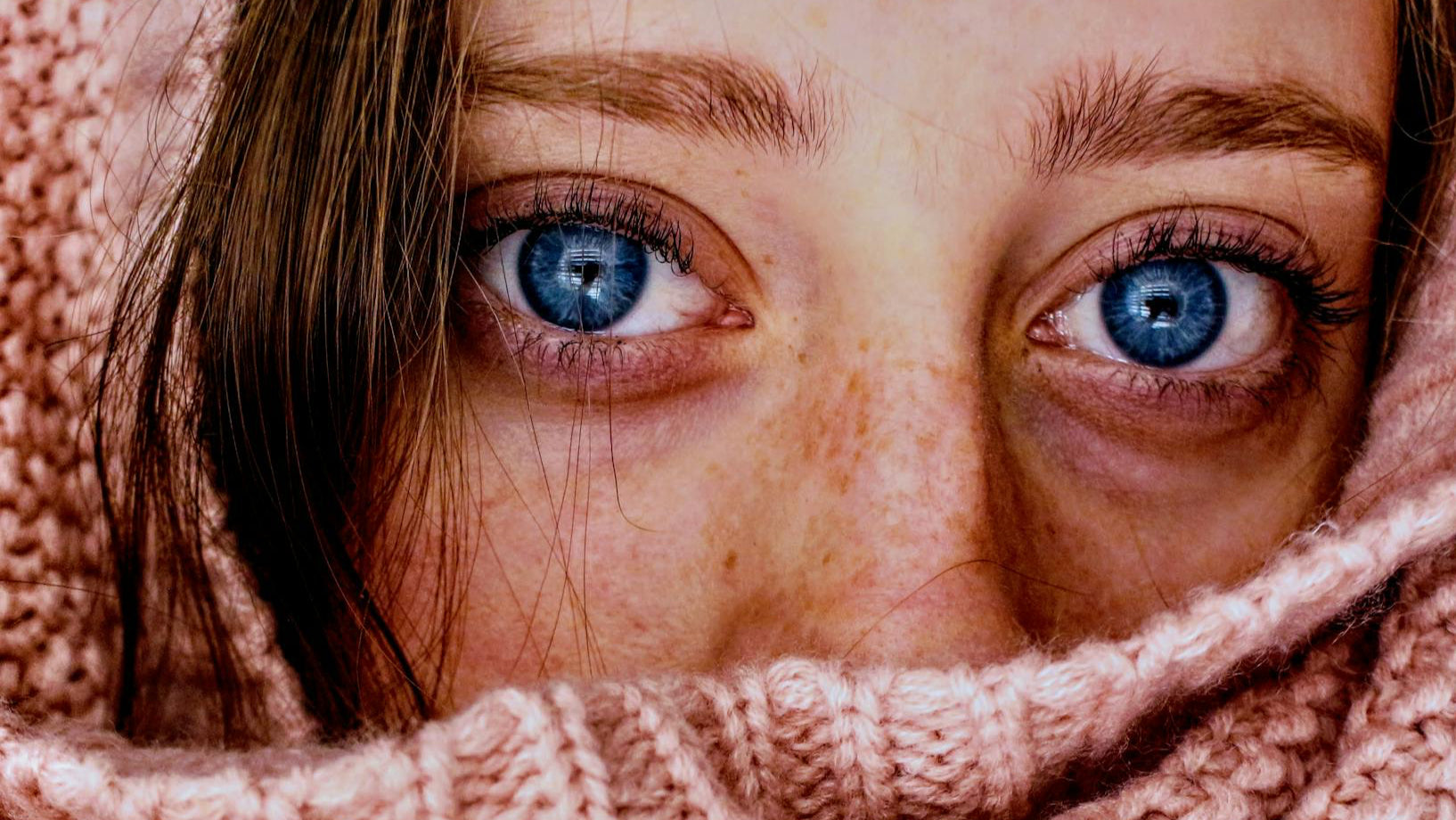
Tear Trough Dermal Filler
Tear trough filler treats hollowing under the eyes, reducing the appearance of dark circles and tiredness. It restores volume and smoothness, creating a refreshed, well-rested look. Ideal for those with mild to moderate under-eye shadowing. Results are subtle, immediate, and can last up to 12 months.
Share
Tear Trough Filler Treatment
The tear trough is the area between the lower eyelid and the upper cheek. As we age, this region can lose volume and elasticity, resulting in hollowness, shadowing, or discolouration that gives the appearance of tiredness, eye bags, or dark circles—even when well rested.
Targeted injectable treatments can significantly improve the appearance of this area by restoring hydration, structure, and skin quality, resulting in a fresher, more alert look.
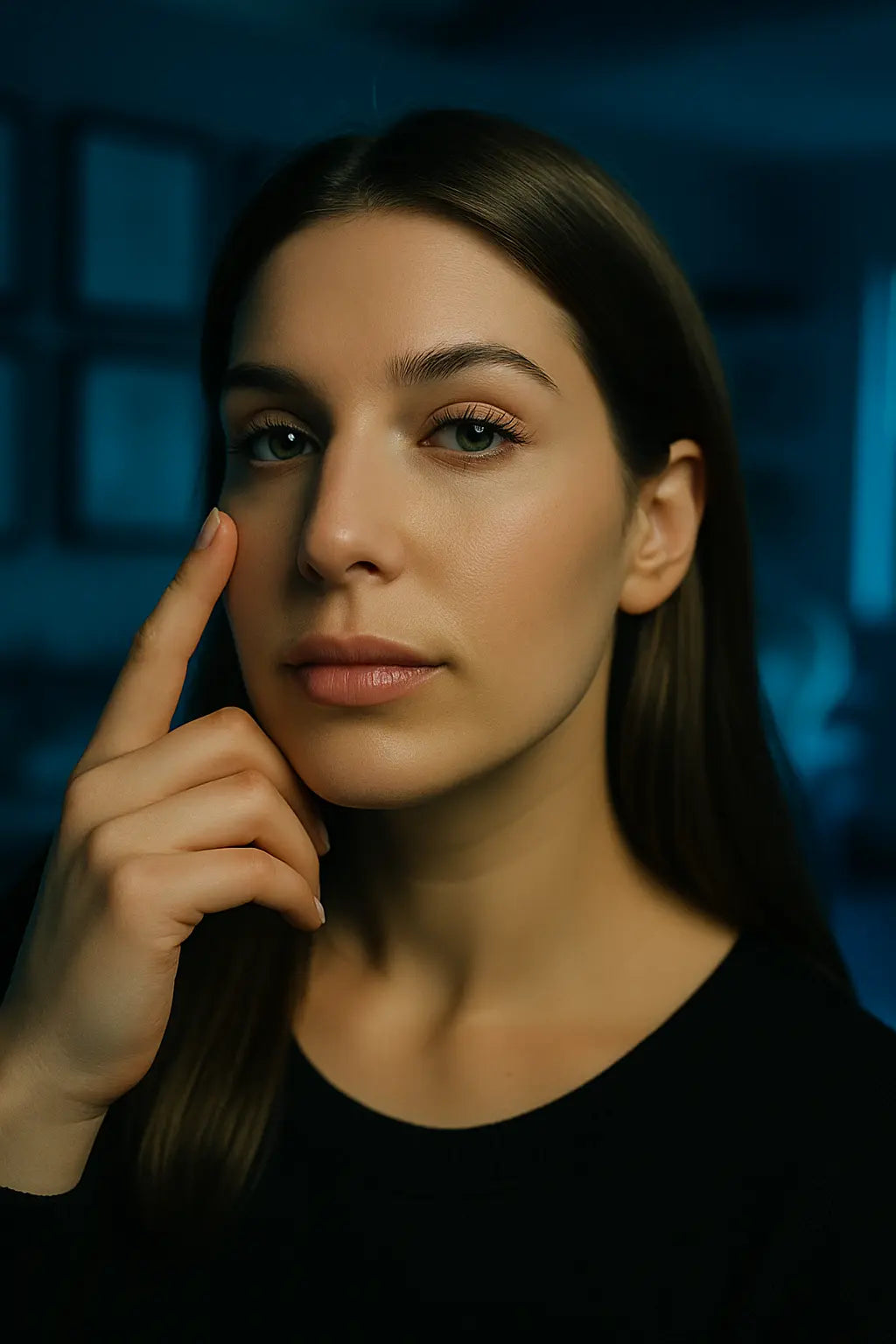
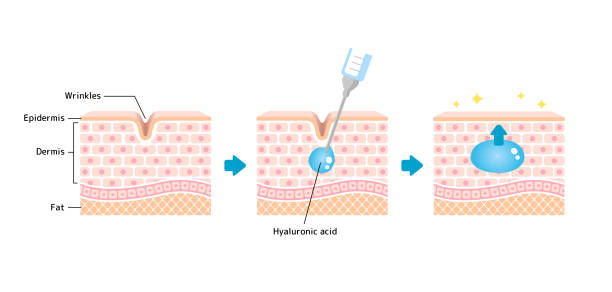
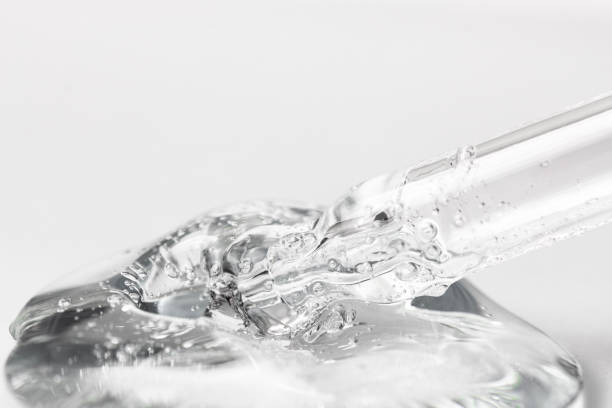
How Does the Treatment Work?
A low-density hyaluronic acid filler is carefully injected into the tear trough area to replenish lost volume, smooth transitions between the lower eyelid and cheek, and reduce shadowing. Fillers used are designed for thin, delicate skin to prevent puffiness or lumpiness. Collagen stimulation and improved hydration are secondary benefits.
Injection Points for the Filler Treatment:
- Injection just above the orbital rim, following the natural tear trough curve
- Usually 1–2 entry points per side
- Depth: Deep dermis or supraperiosteal plane to minimise risk of Tyndall effect (bluish tint)
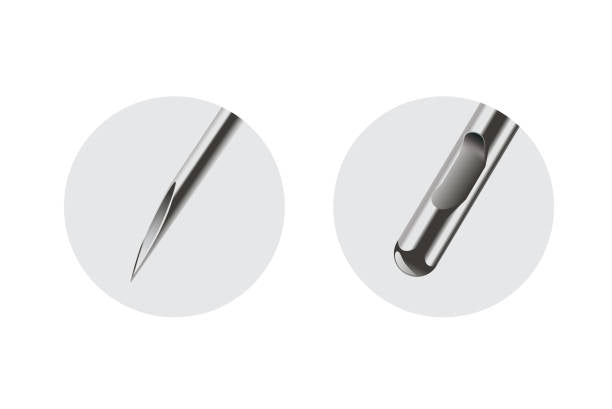
Cannula vs. Needle Technique:
- Cannula: Preferred for safety, reduced risk of bruising, and minimal trauma to the area. Ideal for linear threading of filler.
- Needle: Used for precision in specific anatomical cases or microdroplet technique but carries slightly more risk of bruising or vascular injury.
Understanding Cross-Linking in Filler Products:
- Lightly cross-linked HA fillers are preferred for tear troughs (e.g., Teosyal Redensity II), allowing soft blending with minimal swelling.
- Heavily cross-linked fillers are not suitable here as they may create puffiness or under-eye bags.
- The product used must be designed for use in periorbital areas with low hydrophilic properties to avoid water retention and long-term complications.
What to expect from your procedure:
-

Treatment Duration:
30–40 minutes
-

Pain Level:
Mild; numbing cream may be used for comfort
-

Downtime:
Mild swelling or bruising may occur, usually resolving within 3–5 days
-

Results Seen:
Visible immediately, with refinement over 1–2 weeks
-

Longevity:
9–12 months depending on filler type and individual metabolism
This Treatment is Ideal for Individuals Who:
- Feel their under-eye hollows make them look older or fatigued
- Are looking for subtle, natural-looking rejuvenation
- Have mild to moderate volume loss (not suitable for severe skin laxity or fat pad herniation)
Filler Product Options and Pricing:
- We use advanced fillers formulated for tear trough safety and efficacy:
Additional Syringe Pricing:
- Teoxane Redensity II: £80 per additional ml
Note: Due to the precision and caution required for tear trough treatment, it is often delivered in stages, starting conservatively to ensure safe, natural results. Not all patients are suitable for this treatment and a full consultation is required.
Book your consultation today and experience the confidence-boosting benefits of anti-wrinkle injections at Haus of Ästhetik.
Frequently Asked Questions
What are dermal fillers made of?
Most dermal fillers used at Haus of Ästhetik are made of hyaluronic acid (HA), a naturally occurring substance in the body that helps retain moisture and add volume to the skin.
What areas can dermal fillers treat?
Fillers are used to treat a range of areas including lips, cheeks, chin, jawline, temples, nasolabial folds, marionette lines, tear troughs, hands, and even non-surgical rhinoplasty.
How do I prepare for a dermal filler appointment?
Avoid alcohol, aspirin, and NSAIDs (e.g., ibuprofen) for 24–48 hours before treatment to reduce the risk of bruising. Stay hydrated, and come with a clean face free of makeup.
Is local anaesthetic used during the treatment?
Yes. All our dermal fillers contain lidocaine for comfort. In addition, we apply a prescription-grade topical anaesthetic (10% lidocaine), which is significantly stronger than over-the-counter LMX or EMLA creams.
What is the benefit of using 10% lidocaine topical anaesthetic?
Our high-strength lidocaine offers faster onset and deeper numbing, ensuring a more comfortable experience for our patients.
Is the procedure painful?
Discomfort is minimal. The combination of topical anaesthetic and lidocaine in the filler significantly reduces pain. Cannula techniques also help minimise trauma.
How long do dermal filler results last?
Longevity depends on the treatment area and filler used, but results typically last between 6–18 months.
How long does the treatment take?
Most procedures take 30–45 minutes, including consultation and aftercare advice.
Are results visible immediately?
Yes, most patients will see results immediately post-treatment, though full results will settle after 3–7 days once swelling subsides.
If so how much swelling occurs?
On average at the time of hte procedure there will be around 30% swelling onto of the effects of the filler procedure.
What’s the difference between needle and cannula techniques?
Needles are used for precision, especially in smaller areas. Cannulas allow for less trauma, fewer entry points, and reduced bruising, ideal for larger areas.
Are there side effects?
Common side effects include redness, swelling, bruising, or tenderness at injection sites. These are usually mild and resolve within 3–5 days.
What should I avoid after treatment?
Avoid touching the treated area, wearing makeup for 12 hours, strenuous exercise for 24–48 hours, and alcohol for 24 hours.
Is the Clinic Equipped to manage a Vascular Occulsion (VO)
The clinic holds the required stock to reverse a Vascular Occlusion if it did happen to occur. The clinical staff are trained to, assess, treat and manage a VO if it was to occur.
Can I fly after dermal fillers?
We recommend waiting 24–48 hours before flying to allow initial swelling or bruising to settle and to monitor for any delayed reactions.
Are dermal fillers reversible?
Yes, hyaluronic acid-based fillers can be dissolved using hyaluronidase. This is used for medical or aesthetic correction.
Are dermal fillers safe?
When administered by qualified medical professionals, dermal fillers are considered very safe. All treatments at Haus of Ästhetik are performed by trained injectors.
What is the aftercare for dermal filler?
We advise keeping the area clean, avoiding heat (sauna/steam), and following personalised advice given by your practitioner. Ice packs can help reduce swelling.
Can I combine dermal fillers with other treatments?
Yes. Many patients combine fillers with anti-wrinkle injections, skin boosters, microneedling, or LED therapy for comprehensive rejuvenation.
Will I look overfilled or unnatural?
Our approach focuses on subtle, natural-looking enhancements tailored to your facial anatomy. We never overfill or compromise aesthetic harmony.
Can I wear makeup after my filler treatment?
It is best to wait at least 12 hours post-treatment before applying makeup to reduce the risk of infection.
How many syringes will I need?
This varies by treatment area and individual goals. Some patients need as little as 0.5 ml, others may require 1–3 ml per session, where there is significant loss, ml's in the range of 7 -17 ml per treatment is not uncommon. Your practitioner will guide you.
What happens if I bruise?
Bruising is a common and temporary side effect. Arnica cream, ice packs, and avoiding blood thinners pre-treatment can help minimise this.
Will I need a follow-up appointment?
Some patients benefit from a review after 2–4 weeks. This is discussed during your consultation.
Can dermal fillers move or migrate?
When injected properly into the correct anatomical plane, filler migration is rare. Adherence to aftercare helps reduce this risk as well as using good quality products.
How do I know if I’m suitable for dermal fillers?
Suitability is assessed during your consultation. Contraindications include pregnancy, breastfeeding, certain autoimmune conditions, or allergies to filler ingredients.
Is there a minimum age for treatment?
Yes, we only treat individuals over the age of 18 this is outlined in the botulinum and cosmetic fillers (children) act 2021.
It is an offence for us to book a consultation or discuss the prospect of fillers or toxin treatments for individuals under the age of 18
Consultation and consnet
A valid medical consultation and consent process will be undertaken before any procedure.
Where all your questions and concerns will be addressed thoroughly during your consultation. At Haus of Ästhetik, patient education and safety are central to everything we do.
Book your consultation today and experience the confidence-boosting benefits of anti-wrinkle injections at Haus of Ästhetik.






